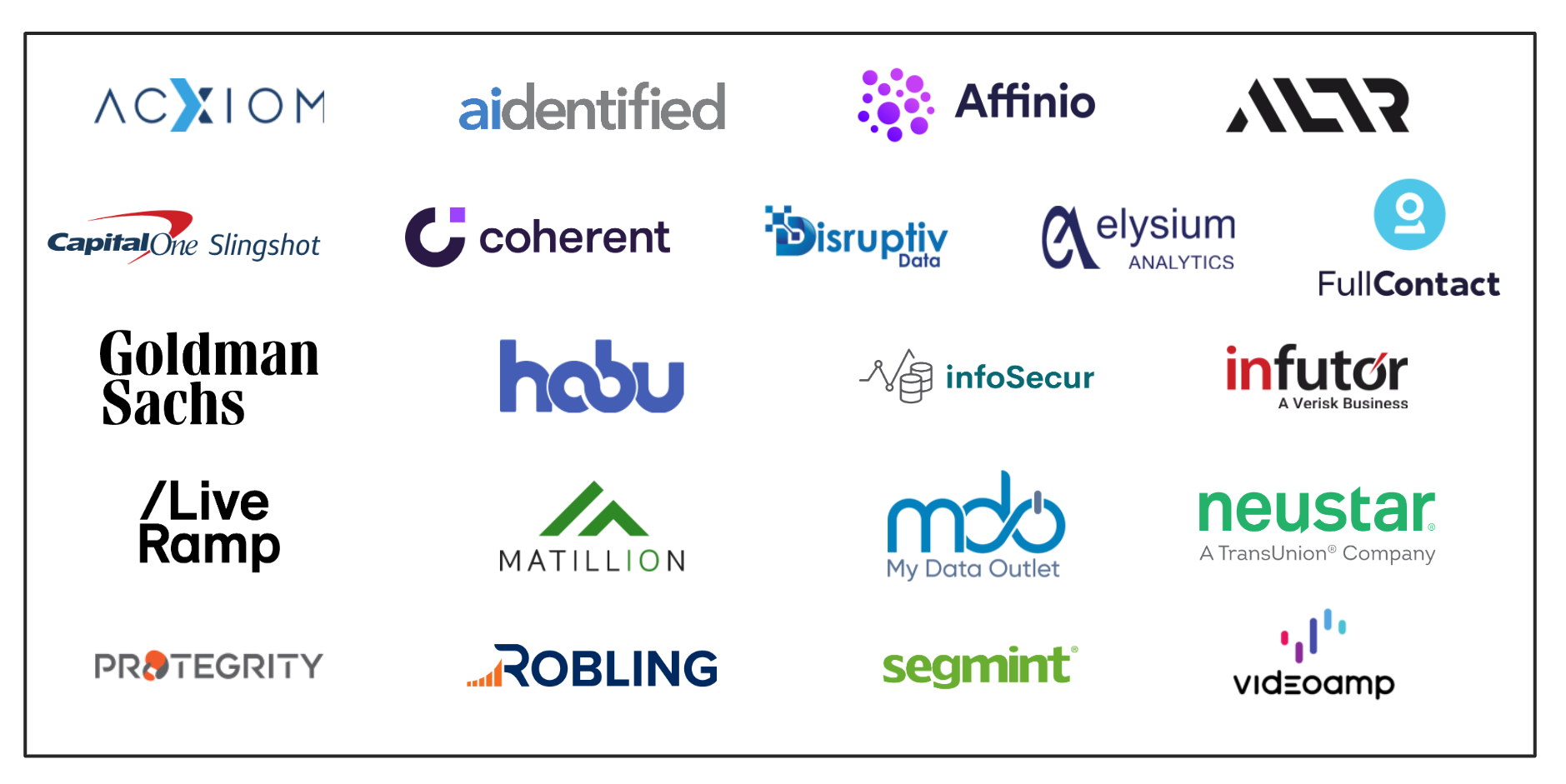Introducing the Snowflake Native Application Framework

Today we are announcing the Snowflake Native Application Framework (currently in private preview), the easiest way to build, distribute, and use applications in the Data Cloud. With the Native Application Framework, application providers can use familiar Snowflake core functionalities to build their applications, then distribute and monetize them in Snowflake Marketplace and deploy them directly inside a customer’s Snowflake account. Application providers get immediate exposure to thousands of Snowflake customers worldwide, while customers keep their data centralized and can significantly simplify their application procurement process.
Bring Your Application to Your Customer’s Data
We’re in the midst of a major shift in how applications are built and deployed. Snowflake is leading the way. Making it easier for enterprises to centralize their data enables a new model for application development and deployment where you can create multiple apps on a central copy of data. As stated by Bucky Moore, partner at Kleiner Perkins, “the next logical step is to use this foundation to build full-featured applications that both read and write to the warehouse.” Andreessen Horowitz’s Martin Casado went a step further at the Future Data 2021 conference, saying that “all apps are just going to be reimplemented on top of the data layer.”
Last year, Snowflake introduced the “connected application” deployment model, in which multiple applications can connect to the same data in the customer’s data platform. Already we are seeing Powered by Snowflake partners—such as Securonix, AuditBoard, Hunters, Supergrain, and MessageGears—adopt the connected app model for their apps.
The Native Application Framework takes connected applications to the next level by allowing providers to bring their application code to their customers’ data (see Figure 1).
The Native Application Framework makes it easy to build, sell, and deploy applications within the Data Cloud. You can build applications using Snowflake core functionalities such as UDFs and stored procedures, and even the Streamlit integration (currently in development), then sell them to customers across the Data Cloud via Snowflake Marketplace. The framework also provides telemetry tools to make it easy to monitor and support your applications. What’s really powerful is that native apps are deployed in the customer’s account in a way that gives the customer control over their data, while still protecting the provider’s intellectual property.
The native application deployment model complements both connected and managed application deployment models, providing a new degree of flexibility when developing applications. These models are not mutually exclusive. We expect that many developers will implement applications across multiple models, depending on their use case.
Provider Benefits: Build, Distribute, and Deploy in the Data Cloud
The Native Application Framework offers significant benefits across the entire lifecycle of applications for developers, from building to distribution to deployment. Because applications are built on Snowflake infrastructure, application providers can leverage built-in Snowflake functionality, including always-on availability, global collaboration, in-platform monetization, and native governance and security. These capabilities enable developers to focus their energies on building powerful applications faster rather than spend time building and managing infrastructure. In addition, because the applications run seamlessly across all clouds and regions supported by the Snowflake Data Cloud, application providers can write their apps once and run them virtually anywhere.
Application providers that build with the Native Application Framework also enjoy significant sales and distribution benefits. By publishing their apps in Snowflake Marketplace, they join the Snowflake Marketplace Partner Program and enable thousands of Snowflake customers globally to easily discover, install, and pay for their applications.
Finally, applications built on the Native Application Framework can be deployed faster and with improved margins. Because customers don’t need to move or share access to data, sales and deployment cycles are shorter, especially for customers who may be concerned about vendor risk or data exfiltration issues. Providers also simplify their operations by not having to manage sensitive data, since customers grant data access directly to the application without having to share it with the providers. And because applications use the compute in their customers’ accounts, application providers improve their margins by lowering their own compute costs.
Customer Benefits: Put Your Data to Work, Faster and More Securely
Native applications are also a game changer for customers. They retain control of their data and can get more value from it. Customers can reduce data silos and improve data governance because data doesn’t need to be moved to or exposed to the app provider. They can control what an application can do in their accounts by granting granular permissions such as external access or log sharing to the application directly using role-based access controls (RBAC).
With Snowflake Marketplace, customers can dramatically simplify and shorten application procurement cycles from months to just a few clicks. By discovering out-of-the-box applications in Snowflake Marketplace, customers can immediately put their data to work and get more value from it, compared to building applications themselves. It takes only a few clicks for customers to discover, buy, and use trusted applications, accelerating their time to value.
Native Applications in Action
Numerous customers and partners in the private preview (see Figure 2), including Goldman Sachs, LiveRamp, Capital One, and Habu, have developed applications using the Native Application Framework. These apps, currently in development or private preview stages, cover a wide range of use cases including:
- Global data clean rooms
- Identity resolution
- Cost analytics for cloud platforms
- Financial transaction analytics

For example, Goldman Sachs built an application that securely enriches customers’ holdings data with environmental, social, and governance (ESG) insights to help them make better investment decisions. By using the Native Application Framework, Goldman Sachs was able to deliver a secure and frictionless experience to their customers. End customers don’t need to do any data engineering or share access to their holdings to enrich their portfolio.
Another partner, LiveRamp, built transcoding and device resolution insights applications for TV publishers, brands, and measurement platforms that need to resolve disparate identifiers across devices and touchpoints to improve collaboration with partners.
Snowflake is also embracing the Native Application Framework: Our own team used it to develop Snowflake’s Google Analytics Connector and ServiceNow Connector (both currently in private preview).
Are You Ready to Build?
We’re excited to see what applications and use cases the Native Application Framework will inspire. If you want to start building on the framework, sign up now for updates about the preview.
Forward Looking Statements
This post contains express and implied forwarding-looking statements, including statements regarding (i) Snowflake’s business strategy, (ii) Snowflake’s products, services, and technology offerings, including those that are under development or not generally available, (iii) market growth, trends, and competitive considerations, and (iv) the integration, interoperability, and availability of Snowflake’s products with and on third-party platforms. These forward-looking statements are subject to a number of risks, uncertainties and assumptions, including those described under the heading “Risk Factors” and elsewhere in the Quarterly Reports on Form 10-Q and the Annual Reports on Form 10-K that Snowflake files with the Securities and Exchange Commission. In light of these risks, uncertainties, and assumptions, actual results could differ materially and adversely from those anticipated or implied in the forward-looking statements. As a result, you should not rely on any forwarding-looking statements as predictions of future events.
© 2022 Snowflake Inc. All rights reserved. Snowflake, the Snowflake logo, and all other Snowflake product, feature and service names mentioned herein are registered trademarks or trademarks of Snowflake Inc. in the United States and other countries. All other brand names or logos mentioned or used herein are for identification purposes only and may be the trademarks of their respective holder(s). Snowflake may not be associated with, or be sponsored or endorsed by, any such holder(s).
Snowflake for Applications
Snowflake Native Apps
How Data Warehousing and Data Mining Work Together for Better BI
Start your 30-DayFree Trial
Try Snowflake free for 30 days and experience the AI Data Cloud that helps eliminate the complexity, cost and constraints inherent with other solutions.
Copyright 2022, Snowflake Site. All rights reserved.
